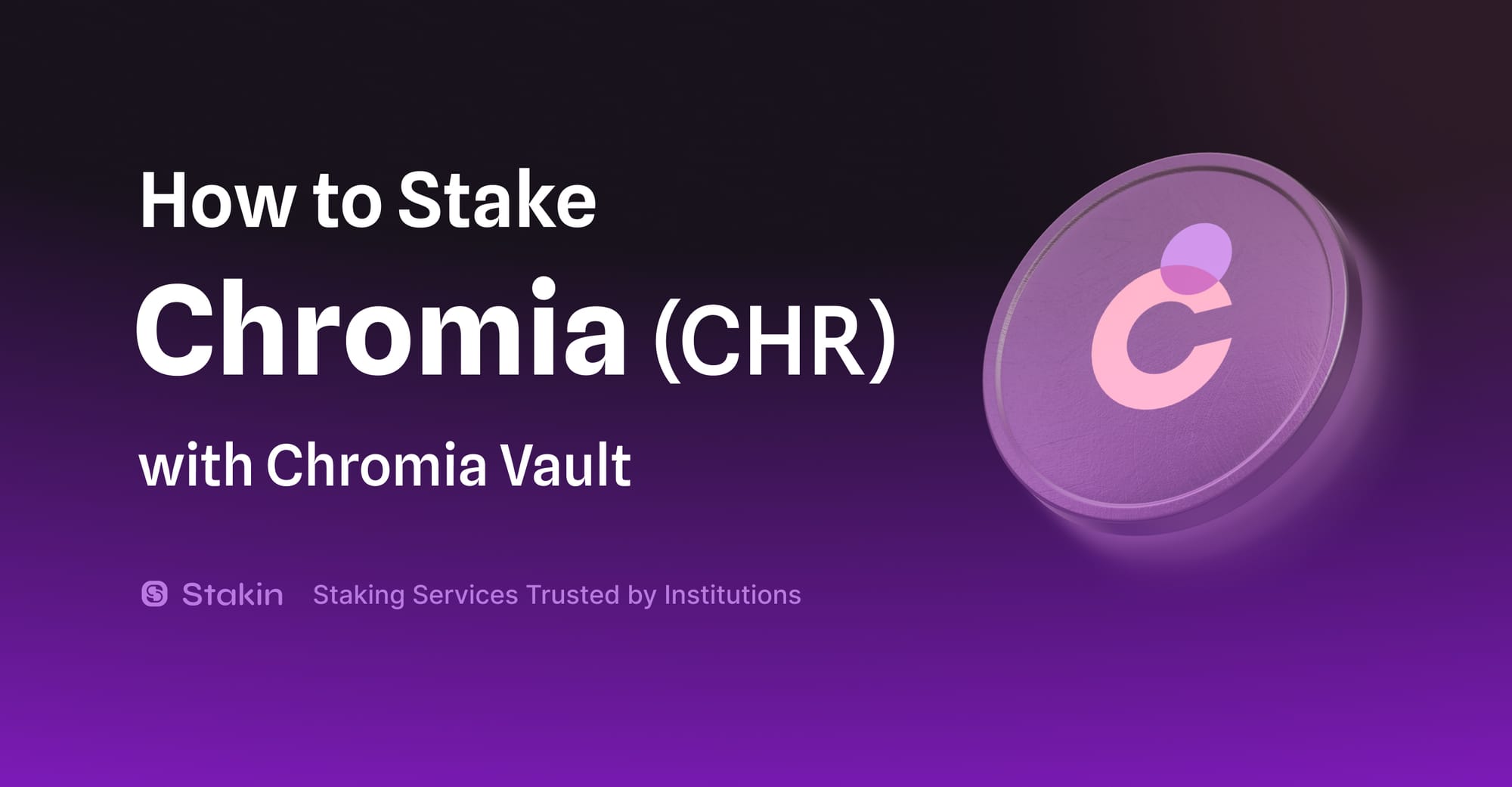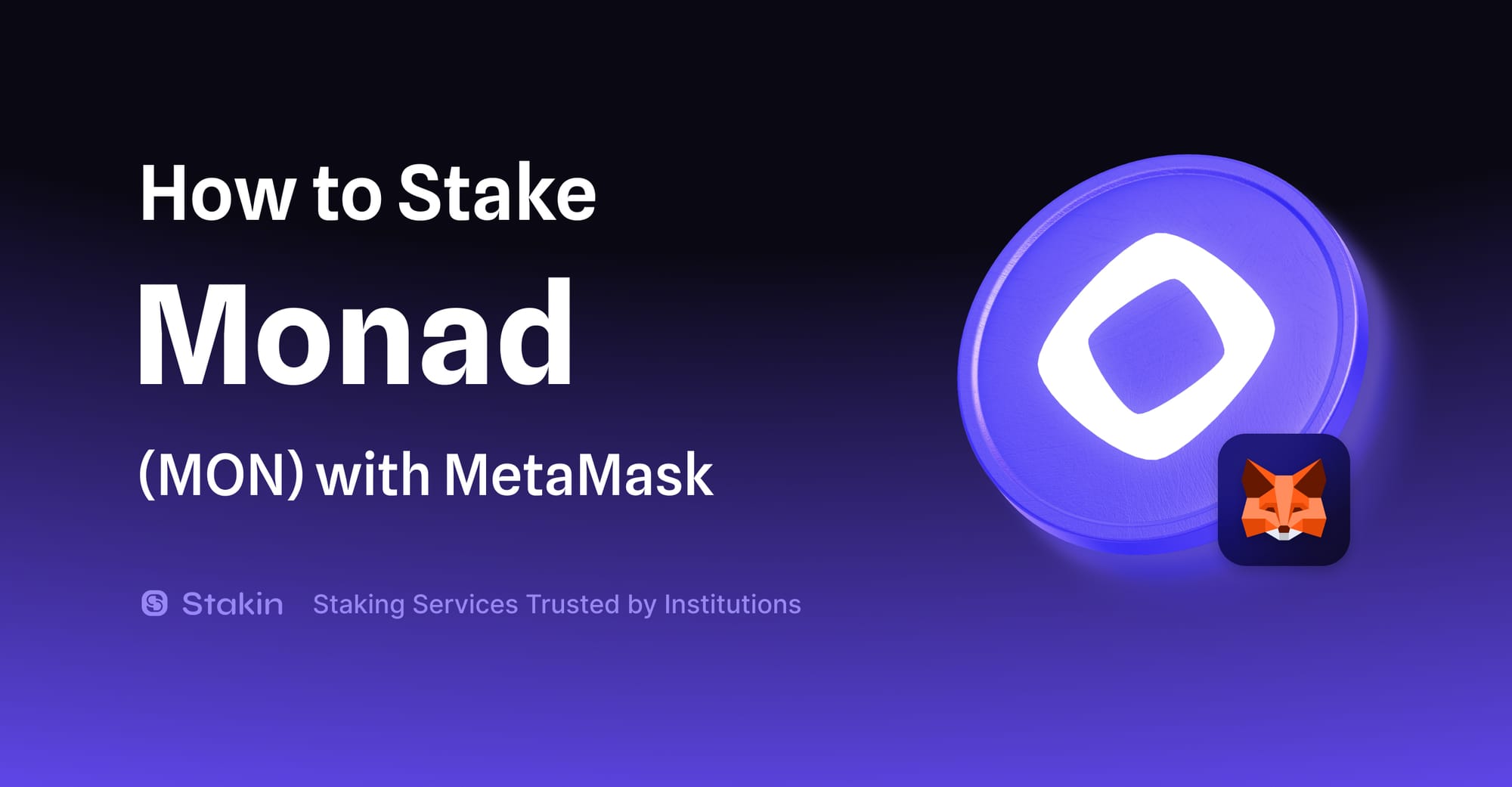Ethereum is the largest general-purpose blockchain, an open space for creativity to let people do whatever they want to do on top of it.
Since Ethereum and other blockchains are decentralized peer-to-peer systems, they require a consensus engine, which guarantees the security and finality of the transactions on the network. Proof-of-Work (PoW) and Proof-of-Stake (PoS) are the most prominent consensus mechanisms used to verify new transactions, add them to the blockchain, and create new tokens.
Proof-of-Work vs. Proof-of-Stake
In PoW, miners compete to create the next block and mine the next coin through computing power. For an attacker to take over the network, you must have more computing power than the rest of the network combined. Attacking the network requires a lot of computing power; the energy spent might even outweigh the gains you’d make in an attack.
Proof-of-work can become a complicated mechanism for securing the network. Miners have the liberty to increase their profit by investing in state-of-the-art hardware, creating a condition for an arms race with miners. Other miners must also acquire power-hungry mining equipment to keep up with the network difficulty. That caused Ethereum’s PoW protocol power consumption to reach up to 90 TWh per year; for reference, that is more than the energy consumption of Finland!
Proof-of-Stake works differently by using staked tokens as the economic resource; if you have coins inside the system, you sign messages with those coins. For an attacker to take over, they require more voting power, measured in staked tokens, than the rest of the network. Instead of miners competing on computing power, PoS networks are secured by validators to whom staked tokens are delegated. Roughly ~10% of the total supply of ETH is staked today in Ethereum’s Beacon Chain.
On PoS, validators such as Stakin are responsible for creating and verifying blocks. However, this mechanism does not need to run thousands of high-energy-consuming machines like PoW. A decentralized network can be secured by a few hundreds of validators with reasonable hardware spread across the globe. Making the system more efficient in terms of energy consumption.
Ethereum’s upgrade The Merge is one of the most anticipated events in crypto.
What Is The Merge?
Ethereum 2.0 is the new version of the Ethereum blockchain, a long-awaited update that could finally happen by the end of 2022. The transformative update, The Merge, represents the joining of the existing execution layer (the Mainnet we use today) with its new PoS consensus layer, the Beacon Chain. The Beacon Chain introduced staking on Ethereum in December 2020, basically a ledger of accounts that conducts and coordinates the network of stakers. The Merge will eliminate the use of a tremendous amount of energy-intensive mining computers by transitioning to PoS.
“Imagine a gasoline engine automobile; we added a second electric engine to run parallel. The electric engine is much more efficient; for 100 miles, it only costs $10 instead of $100 for the gasoline engine. Right now, the wheels are connected to the gasoline engine; for The Merge, we will connect the wheels to the electric engine and shut down the gasoline engine.” Justin Drake, Researcher at the Ethereum Foundation
Energy reduction
Ethereum has always aimed to become PoS, but doing so without sacrificing security and decentralization has taken years. Following The Merge, Ethereum plans to transition away from PoW, reducing energy consumption by ~99.95%. It intends to remove the need for miners to burn energy and dramatically reduce the environmental impact of securing the network.
Deflationary
The Merge intends to abandon miners in favor of stakers validating transactions, eventually delivering a ~99.95% reduction in energy consumption and a 90% drop in coin issuance. In August 2021, burning went live with the London upgrade. The burning (EIP-1559) creates deflationary pressure on the network.
- Issuance dropping 90%
- ETH gets burned, removing it from circulation
- No new staked ETH can enter the market until withdrawals are implemented
- More ETH is expected to be staked upon a successful merge
Some in the Ethereum community call the “Triple Halvening ‘’ when the annual issuance of ETH drops from 4.3% pre-merge to an estimated 0.4% post-merge. Ethmerge.com references it as an equivalent to “3 Bitcoin halvenings happening at once”.
“For comparison, Bitcoin currently issues 900 BTC daily — an annual issuance of about 1.7% of the total BTC supply. The next two “Halvenings” will reduce Bitcoin’s issuance to approximately 0.8% in 2024 and 0.4% in 2028. With Ethereum’s expected drop in issuance after “The Merge” to between 0.3% — 0.4%, it will not be until 2028 that Bitcoin’s issuance is again within range of Ethereum’s.” Bob-Rossi, Ethmerge.com
Misconceptions of The Merge
Much talk has been about the long-awaited upgrade, with many users having misconceptions about The Merge. Here is a quick list to go through the most prevalent ones:
- You can withdraw your staked ETH. Incorrect, the merge is only the transition from PoW to PoS; the following Shanghai upgrade will enable staking withdrawals. Thus, newly issued ETH will remain locked for at least 6–12 months following The Merge.
- The Merge will lower transaction fees. The merge will not reduce gas fees; sharding will reduce gas fees, a later upgrade. Near-term scaling and lower fees will be on L2s such as Polygon.
- Users will need to upgrade their applications. If you are a regular user not running an ETH node, there is nothing you have to do.
- Users need 32 ETH to run a node. False. Anyone is free to sync their node; no ETH is required before The Merge, not after, not ever. However, 32 ETH are needed to run your ETH validator.
- The Merge will lower ETH issuance. This is true. Today, new ETH is issued from the execution layer (Mainnet) and the consensus layer (Beacon Chain). Post-merge, issuance from the execution layer will go to zero.
- Staking APR is expected to increase after The Merge. That’s right; The estimations point to an increase of ~50% in staking rewards!
More information can be found at Ethereum.org; you can also check out the Bankless clip.
When Merge?
The difficulty bomb (also known as EIP-5133) is essential for the merge. Once detonated, it aims to incentivize the shift to PoS by making PoW mining on Ethereum unprofitable. With EIP-5133 now delayed for ~2 months, concerns of a potential delay in The Merge have also come up even after the developers remain confident that the latest pushback would not hinder the timeline.
“If there are no problems, then the merge will happen in August,” Vitalik Buterin, founder of Ethereum
After The Merge, Ethereum 2.0 will have more validators and decentralization since PoS reduces the technical barriers for anyone to stake and help secure the network. Additionally, there will be improved security measures, the ability to compromise the network will be magnitudes more expensive with PoS, and any validator that has broken the rules can be slashed and ejected from the network.
Risks
The Merge is one step in a series of planned upgrades designed to make Ethereum more scalable and sustainable. With EIP-5133, the miners will have no choice but to leave the network. With their exit, selling pressure may come to cover operational fees. Ultimately, it could be delayed even further; when confirming the August date, Ethereum’s co-founder added, “there may be a risk of delay.” It isn’t easy tinkering with the complexities of Ethereum; plus, despite all the concerns surrounding proof-of-work, it is simply more battle-tested than proof-of-stake.
Conclusion
The Merge is a massive step for Ethereum; it plans to improve the protocol fundamentally. While it is not the upgrade that will fix congestion and high fees, it seems to be a step in the right direction. Future solutions are on the horizon (like Sharding) that promises to help increase Ethereum’s network speed while keeping fees low and maintaining maximum decentralization. As crypto approaches an inflection point of mainstream adoption, Ethereum is preparing to serve as its foundation.
To keep up with updates regarding Ethereum 2.0, some good general resources are: What’s New in Eth2, EthResear.ch, and EthHub.
DISCLAIMER: This is not financial advice. Staking, delegation, and cryptocurrencies involve a high degree of risk, and there is always the possibility of loss, including the failure of all staked digital assets. Additionally, delegators are at risk of slashing in case of security or liveness faults on some protocols. We advise you to do your due diligence before choosing a validator.
About Stakin
Stakin is an infrastructure operator for Proof-of-Stake (PoS) public blockchains, offering noncustodial delegation services. The company enables PoS cryptocurrency holders to earn interests on their holdings and participate in decentralized governance while remaining in possession of their cryptocurrencies.
Stakin serves institutional crypto players, foundations, custodians, exchanges as well as a large community of retail token holders. Driven by demand from institutional customers and the community, Stakin provides services for multiple blockchains, including leading ecosystems such as Cosmos, Solana, Polygon, Polkadot, and more.
For more information about Stakin, visit the Website, Twitter, Blog, or join the Telegram and Discord community.



